Tile 250
Improved, single-component, cementitious tile adhesive, type C2 TE according to EN 12004, antislip and flexible, for gluing porcelain or glazed tiles of medium size. Can be used indoors and outdoors, on walls and floors. Frost resistant.
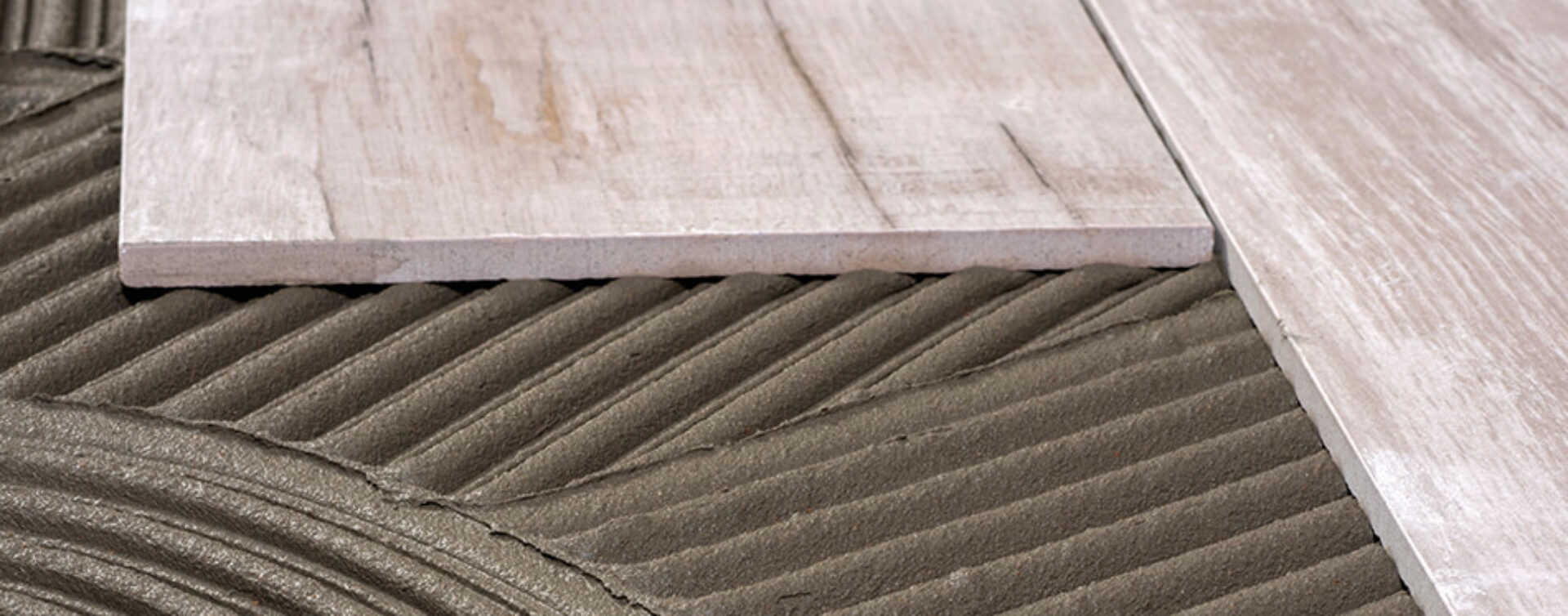
Improved, single-component, cementitious tile adhesive, type C2 TE according to EN 12004, antislip and flexible, for gluing porcelain or glazed tiles of medium size. Can be used indoors and outdoors, on walls and floors. Frost resistant.
Variations
Application areas
Discover more
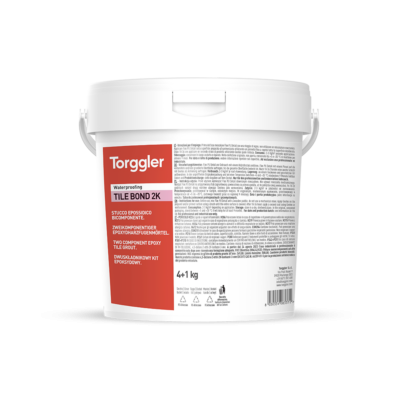
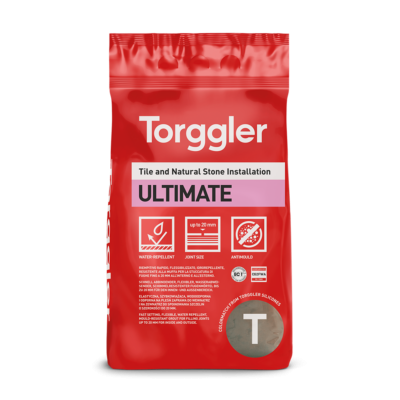
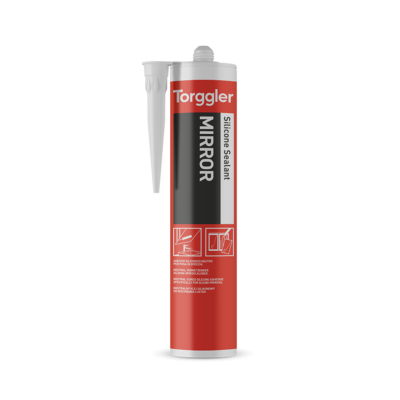
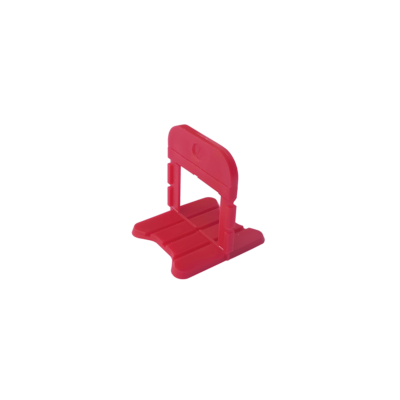
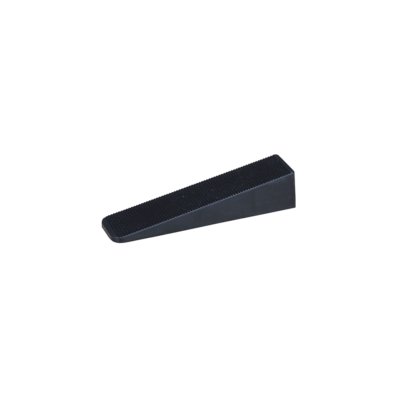

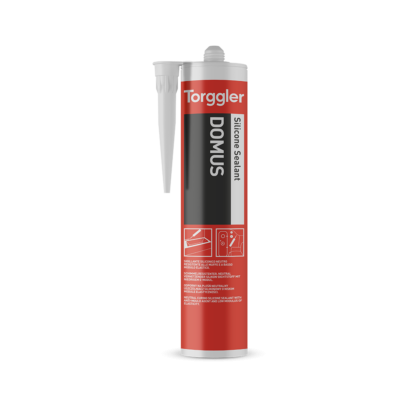
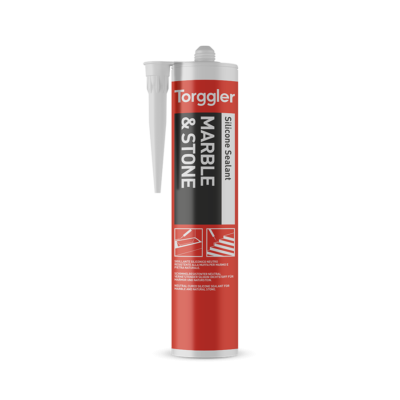
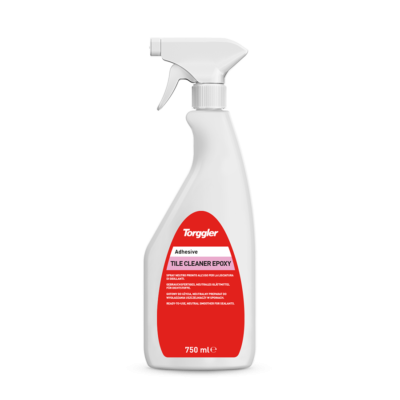
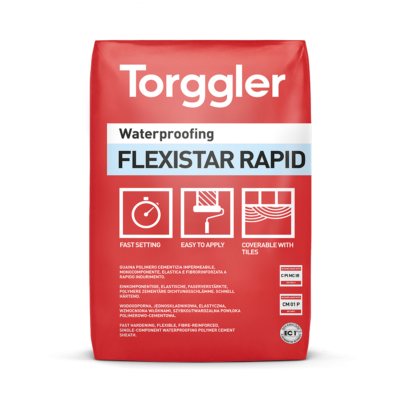
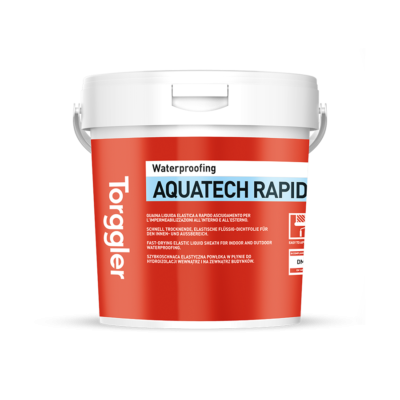
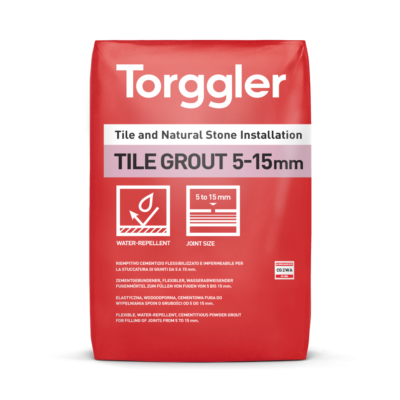
Tile 250 is a cementitious tile adhesive, available in white and grey, based on high resistance cements, selected aggregates, synthetic resins and specific additives. After mixing with water, you have an adhesive which is easy to use, with excellent thixotropy, medium flexibility and high adhesiveness, for all types of cement substrates. When applied on walls, it does not run and prevents wall tiles from slipping. Thanks to its long open time, laying tiles is easy even in warm, windy climates. It resists freezing/thawing cycles. Classified as a cementitious tile adhesive of class C2 TE according to EN 12004.
Preparation
The surfaces to be covered must be suitably dry, resistant, solid and regular, clean and free of oils and greases, dust, loose material, dirt of any kind and any traces of old paint. The surfaces must also be sufficiently cured and free of significant shrinkage. As a general rule, traditional cement bedding with normal setting and hardening must be cured for at least 28 days. Cement or cement lime plasters must be dried for at least 14 days. Major surface imperfections and irregularities such as level differences, cavities, gravel pockets and eroded or deteriorated points must be repaired in advance and filled out with a self-levelling smoothing product such as Livellina 0-10 or Livellina 5-30, or with a suitable mortar such as Restauro, Rinnova or Monorasante. Very porous, flaking or dusting surfaces with poor mechanical strength must be consolidated in advance with Tile Primer.
Mixing the product
Mix Tile 250 with 26-28% clean water (6.5-7.0 litres per 25 kg bag) as follows: pour almost all the mixing water required in a suitable container. Then add the powder product, slowly, and mix at the same time using a low speed electrical drill with mixer attachment. Once you have added all the powder product, pour in the rest of the water and mix until the product is smooth and lump-free, with a semifluid consistency. Make sure you remove all non-mixed lumps of material from the walls and the bottom of the container. Allow the mixture to stand for about 5 minutes and then mix again briefly. The adhesive mix prepared in this way has a pot life in the container of about 5 hours under normal conditions (at 20 °C). Higher temperatures reduce the
pot life, lower temperatures increase it. If subject to direct sunlight, that is, high temperatures, wet the surface with a sponge to cool it and then wait until all the surface water has evaporated.
Application
Apply the adhesive with an appropriate toothed trowel. The size of the trowel teeth depends on the type and size of the tile to be glued: total coverage of the back of the tiles must be guaranteed. For better adhesion, first apply a thin and uniform layer of adhesive on the surface using the smooth part of the toothed trowel and then apply, immediately, a second layer of the thickness required using the toothed part of the trowel. Apply the tiles, pressing them slightly and moving them crossways slightly. When gluing tiles bigger than 33×33 cm with marked relief pattern on the back, for outdoor applications, especially in areas subject to major heat changes or freezing/thawing cycles, follow the “butteringfloating” technique: that is to say, apply the mixed adhesive with the toothed trowel to the surface and spread it out using a trowel on the back of the tile, smoothing off as required. Provided the quantity of adhesive spread out is sufficient, you now have adhesive-tile contact extended along the entire gluing surface (this condition is essential for laying floors and surfaces exposed to freezing cycles and considerable stress from water). Only lay the tiles within the time interval during which the adhesive spread out is still fresh and sticky, that is, before a surface film forms. This time interval is known as the “open time” of the adhesive and depends on the environmental conditions. The open time of Tile 250 is longer than 30 minutes at 23 °C and 50% relative humidity. High temperatures and conditions of direct sunlight and wind or very porous and absorbent surfaces may reduce the open time considerably. Low temperatures, high environmental humidity and non-absorbent surfaces may increase the open time. If the open time has passed and the adhesive spread out has formed a surface film, you must use the toothed trowel again to break the film and “freshen up” the surface. Do NOT wet the surface as this would create a film of anti-adhesive water which would prevent contact of the tiles with the adhesive and the entire operation would be compromised definitively. The tiles do not normally require wetting before laying. However, tiles with dusty back should be cleaned by dipping them in clean water for a few seconds. For gypsum surfaces, pre-treatment with Tile Primer is required.
Tile 250 must be stored in a dry and protected place. Unopened in its original bags, the product can be stored for at least 12 months. KEEP AWAY FROM MOISTURE.
Do not use on the following:
If you have any doubts or queries about this type of application, contact our Technical Office.
| Color | Code | Packaging | Packaging size | Pallet | Barcode |
|---|---|---|---|---|---|
| White | 5304 | bag | 25kg |
50 bags
|
|
| Grey | 5305 | bag | 25kg |
50 bags
|
| MEASURD ON POWDER PRODUCT | ||
| Colour | white | grey |
| Consistency | powder | powder |
| Apparent water | 1,30 kg/litre | 1,30 kg/litre |
| Grain size | 0 – 0,5 mm | 0 – 0,5 mm |
| MEASURED ON FRESH MIX | ||
| Mixing water | 26-28 % equivalent to 6,5-7,0 litres per 25 kg bag | 26-28 % equivalent to 6,5-7,0 litres per 25 kg bag |
| Mix density | 1,55 kg/litre | 1,55 kg/litre |
| Mix consistency | pastry – can be trowelled | pastry – can be trowelled |
| Slip (to EN 1308) | < 0,5 mm | < 0,5 mm |
| Mix pot life (at +23 °C) | approx. 5 hours | approx. 5 hours |
| Open time (to EN 1346) | > 30 minutes | > 30 minutes |
| Adjustment time (to DIN 18156 Part 2) | 20 minutes | 20 minutes |
| Application temperature | from +5 °C to +35 °C | from +5 °C to +35 °C |
| MEASURED ON HARDENED PRODUCT | ||
| Adhesion by traction (according to EN 1348): initial adhesion | > 1,2 N/mm2 | > 1,4 N/mm2 |
| Adhesion by traction (according to EN 1348): adhesive strength after immersion in water | > 1,0 N/mm2 | > 1,0 N/mm2 |
| Adhesion by traction (according to EN 1348): adhesive strength after action of heat | > 1,1 N/mm2 | > 1,1 N/mm2 |
| Adhesion by traction (according to EN 1348): adhesive strength after freezing/thawing cycles | > 1,1 N/mm2 | > 1,1 N/mm2 |
| Filling the joints: walls | after approx. 8 hours | after approx. 8 hours |
| Filling the joints: floors | after approx. 24 hours | after approx. 24 hours |
| Can be walked on | after 24 hours | after 24 hours |
| Final hardening | after 14 days | after 14 days |
| Operating temperature | from -30°C to +90°C | from -30°C to +90°C |
| Consumption | from 2,0 to 5,0 kg/m2 | from 2,0 to 5,0 kg/m2 |
| Max attainable thickness | 10 mm | 10 mm |
| Classification as per EN 12004 | C2 TE | C2 TE |
Consumption may vary from 2 to 5 kg/m2. It depends on the type of tile, the characteristics of the substrate and the laying method used. As a general rule, if the surface has been well prepared and levelled off, for small tiles, the consumption is about 2 kg/m2, for tiles up to 33×33 cm, the consumption is about 3 kg/m2, and for tiles up to 40×40 cm with marked relief pattern on the back and for outdoor applications (using the “butteringfloating” method) the consumption is about 5 kg/m2.
Contact our team for personalized support and product guidance.